Phase 2: Investigate: Brainstorm and Research: PLASTIC POLLUTION
Plastics can be seen in common household and multiple use of plastics have created an environmental challenge over the globe and it is the need of the hour to rethink about our choices as well strategies to reduce this problem at an individual as well as societal level. Inquiry based approach will develop critical thinking ability among the learners and hands on activities will foster experiential learning where learners will indulge in team work, problem solving and creative thinking by creating solutions to this ongoing environmental problem.
The following mind map will connect the learners to their real life experiences with plastics being used in daily routine.
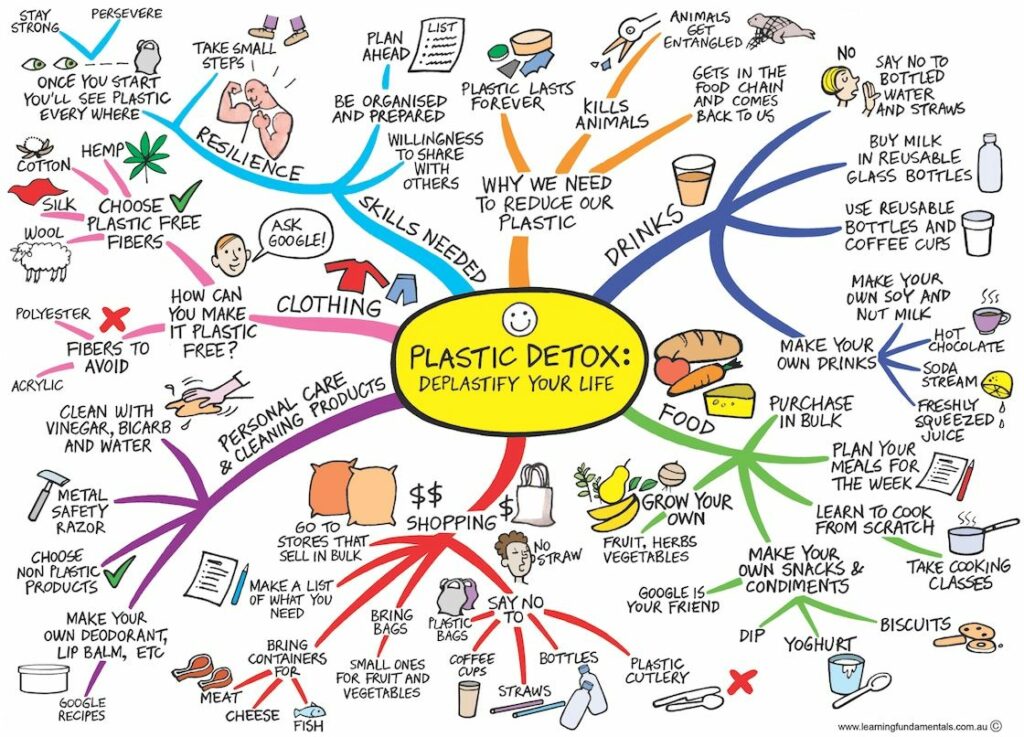
(“Plastic-detox-Mind-Map-A4,” 2018)
The purpose of investigate stage of this project is based on the idea by Clifford:
“…in a knowledge- building space, all ideas are regarded as constantly improvable through others’ ability to pose theories, build on contributions, ask questions, posit different theories, offer evidence from contrary perspectives, challenge interpretations. In order to learn to their full potential, individuals must develop and contribute ideas that are both shared and extended by others.” (Clifford, 2004, p. 7)
The broad stroke plan for this inquiry focusses on the key questions given in the illustration below, for which the learners will develop logical reasoning by engaging them in planned activities:
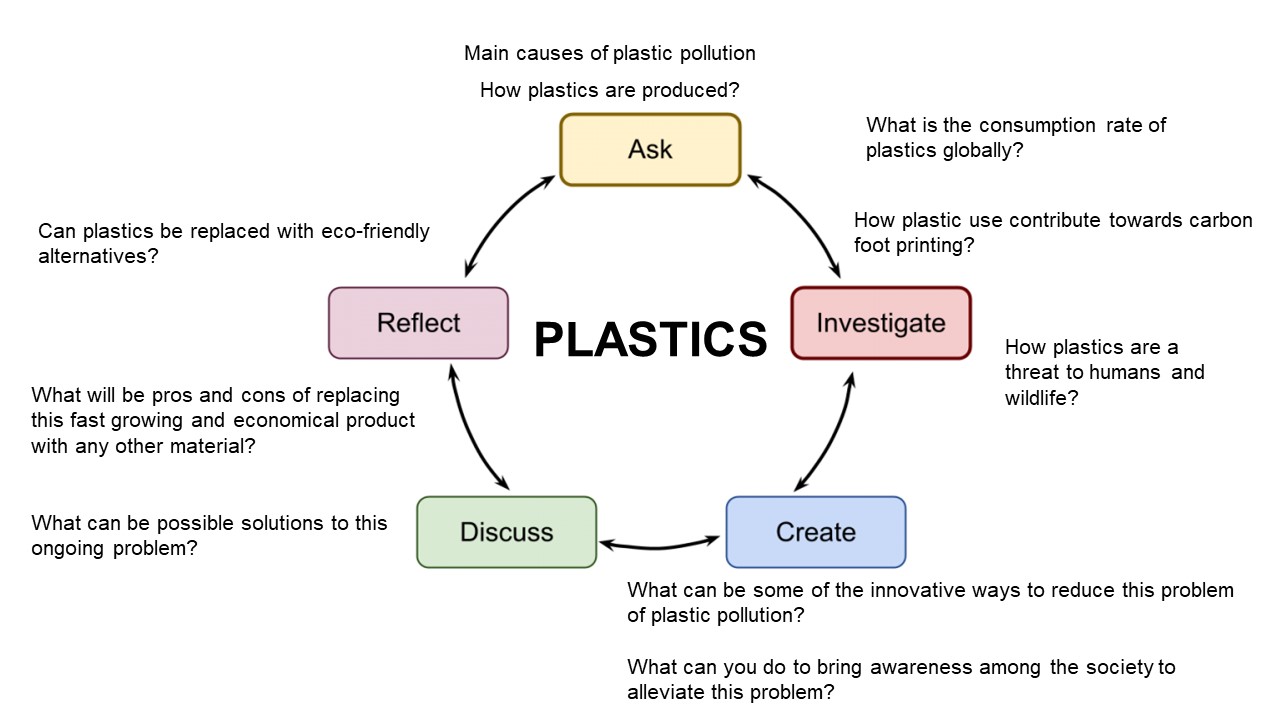
Arora, D. (2021)Investigate-Slide 1
Friesen’s core principles are the valuable resources for encouraging inquiry among learners and it will develop planning of the lessons in the right direction with the final aim of developing the following core competencies and curricular competencies:

(Building student success – B.C. Curriculum)
My approach to build inquiry among the learners is a blend of classroom teaching as well as outdoor activities where the learners will engage in peer reflections, designing the solutions developing collaborative learning and identifying their problem solving skills while doing investigative research and share their ideas and experiences in discussion forums and creating awareness programs to find resolution of this environmental issue.
The entire process will unfold through various activities in a 4 lesson course-
LESSON 1
In first class, a brainstorming session will take place where several pictures and videos related to the topic will be shown to ignite the inquiring minds where learners will engage themselves in giving their thoughts and ideas to reflect upon the current situation and impacts of this hazardous environmental issue on humans and wildlife.
Some of the examples of AV aids are listed below:
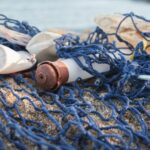
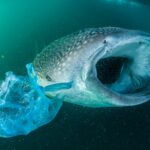
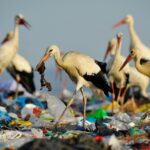

(“Why do ocean animals eat plastic?,” 2019), (“Photos of animals navigating a world of plastic,” 2018)
(“Plastic Pollution-WWF International,” 2018)
LESSON 2
The next step will be to encourage the learners to investigate further on the topic and bring their reflections on the topic with the help of graphs and statistics-interdisciplinary approach- Science and economy/math. The research will be based on the resources referred in the class, in groups for team building and collaborative learning.
Topics for investigation:
(Great Pacific garbage patch, 2020)
(Walking the Watershed, National Geographic Society, 2012)
(Marine Debris, National Geographic Society, 2012)
(Which countries produce the most plastic waste, “Plastic pollution,” 2018)
LESSON 3
A research project will be assigned to each group for several investigations to make them aware about the use of plastics in their surroundings and how our dependence is responsible for the environmental changes and wildlife in danger. This will be in the form of a questionnaire which will be conducted by students with their family and friends. This will enable the learners to develop analytical skills where they can critically assess and reflect upon the danger posed by the pollution on human life and nature.
LESSON 4
The last lesson will be students will be encouraged to incorporate STEM approach by creating solutions at their level and bring in their reflections on the project design- the related topics can be research project on plastic alternatives, bioplastics, recycling of plastics etc. where they can design the products, presentations, TED talks, posters, etc. Through this activity, the learners develop scientific skills with an integrative approach and they will develop a connection with the task which will serve as a motivation to complete the same.
An example: Use of plastic bags is a common practice and the disposal of plastic bags is visible near the landfills as well as water resources which poses danger to the animals as well as create land pollution. Design an alternative packing product which is less wasteful, reusable, and justify the benefits of your packaging material over the use of plastics.
These activities will foster curiosity, problem solving, critical thinking, analytical, and high order thinking skills along with deepening their knowledge about the topic and making them aware about personal as well social responsibilities towards conservation of environment.
The pedagogical strategies to conduct and evaluate the activities will take place keeping the learner in the center and giving them ample opportunity to bring forward their best abilities with active engagement throughout the process.
“The education to be most effective, children should be given learning opportunities that enables them to link present content with their previous experiences”.-John Dewey.
Hence, the activities in the lessons above will engage the learners to their natural environment and this experiential learning will bring balance between the content, pedagogy used by the teachers and the learners themselves for a successful educational activity.
Leave a Reply